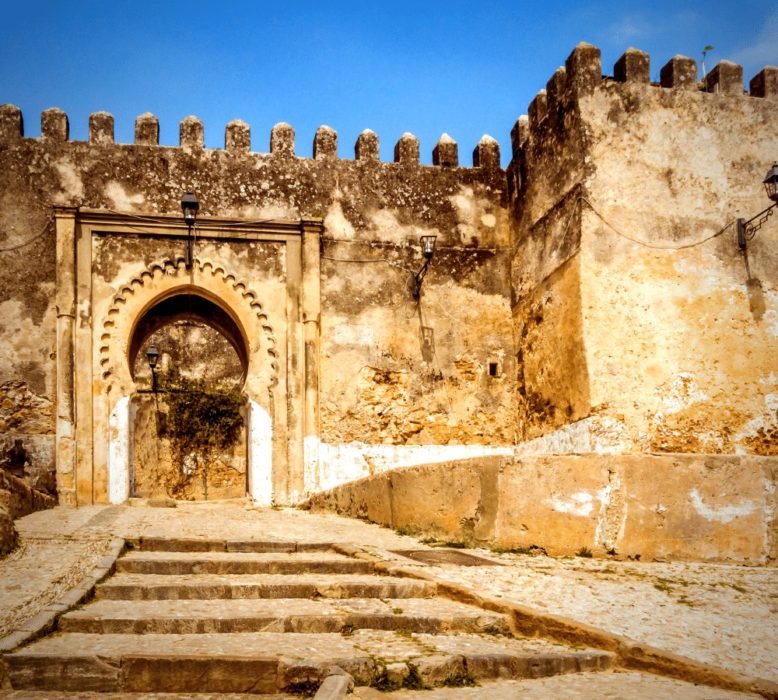
- On 12 November 2018
- In Tangier
- Tags: History of Morocco, History of Tangier
The history of Tangier
Tangier’s history is a raucous tale of foreign invasion, much of it driven by the city’s strategic location at the entrance to the Mediterranean. The area was first settled as a trading base by the ancient Greeks and Phoenicians, and named for the goddess Tinge, the lover of Hercules, who legendarily pulled Europe apart from Africa to form the Strait of Gibraltar. Under Roman rule, it was the capital of the province of Mauretania Tingitana. The Vandals attacked from Spain in AD 429, followed by the Byzantines, and then the Arabs, who invaded in 705 and quelled the Berber tribes. Tangier passed between various Arab factions before finally coming under Almohad rule in 1149. Then the Portuguese arrived, capturing the city on their second attempt in 1471, only to hand it to the British 200 years later as a wedding gift for Charles II. The English diarist Samuel Pepys lived here briefly, calling it the excrescence of the earth. Morocco regained control of the city under Sultan Moulay Ismail in 1679, destroying much of the city in the process. They remained in power until the mid-19th century, when North Africa once again piqued the interest of the European powers.
The modern history of Tangier begins here. While the rest of Morocco was divided between France and Spain, strategic Tangier was turned into an International Zone of various sectors, similar to West Berlin in the Cold War. France, Spain, Britain, Portugal, Sweden, Holland, Belgium, Italy and the USA all had a piece of the pie, which was managed by the sultan, at least on paper. This situation lasted from 1912 until shortly after Moroccan independence, in 1956, when the city was returned to the rest of the country. During this famous Interzone period, expats flooded in, forming half the population, and a wild, anything-goes culture broke out, attracting all sorts of people, for reasons both high and low. Socialites, artists, currency speculators, drug addicts, spies, sexual deviants, exiles, eccentrics the marginalia of humanity all arrived, giving the city a particularly sordid reputation.
When the Interzone period ended, Tangier entered a long period of decline. As the economic base moved on, so did the cultural scene. The city became a dreary port, while retaining its criminality. King Hassan II hated the city and starved it of funding. Street hustlers multiplied, turning off tourists. The number of expats dwindled, until there were only a few thousand left.
Since 1999, Tangier has been the site of major development, most notably its new port, Tanger Med, and the high speed TGV train line to Casablanca.

